For those who were disappointed by Diablo 3 and just can’t sink anymore hours into Path Of Exile, the ARPG you want to devote the rest of your waking hours to is unquestionably Grim Dawn.
Unfortunately, it has a bit of a reputation for being difficult to penetrate for new players due to the huge number of potential builds and the wide range of attack and resistance types.
Want to jump into this grimdark, post-apocalyptic fantasy world but feel like you’re out of your depth? We’ve got you covered with a full run down of everything the beginner needs to know, from picking your dual class combo, to placing attribute points and navigating the massive devotion point constellation.
Choosing Your Mastery Combo
Which two masteries you pick will determine how your character plays for the rest of the game, but rather than thinking of what mastery represents, to make this choice properly you are really deciding what kind of damage you want to deal:
- Physical
- Pierce
- Bleed
- Internal Trauma
- Life Steal
- Fire
- Cold
- Lightning
- Acid
- Vitality
- Aether
- Chaos
- Burn
- Frostburn
- Electrocute
- Poison
That seems like far too many choices already, but here’s the thing: to get maximum DPS potential for your character, you need to stick to one or two main damage types rather than trying to become a jack of all trades.
All your other decisions will revolve around that damage type, which makes it much simpler to know what kind of equipment to use, which constellation stars to pick, and so on.
Browsing through the list, you may be wondering why Frostburn is separate from Cold, Electrocute is separate from Lightning, Internal Trauma is separate from Physical, and so on. Those sub-types are damage over time effects that keep hurting an enemy after the attack lands.
That’s an important distinction, because items that boost Cold damage don’t boost Frostburn, but Frostburn can be more useful since it will continue to erode enemy health after the first attack.
Which mastery deals which type of damage is usually self-explanatory (Demolitionists focus on Fire, Soldiers on Physical and Internal Trauma, and so on), but make sure to take a look at the full skill trees ahead of time, because you can come up with some interesting and less than obvious combos by taking the right skills.
The only mastery that may not be immediately obvious in its purpose is the Occultist, which focuses on debuffing enemies so they take more damage, in addition to dealing a variety of damage types such as Vitality, Acid, Poison, and Chaos.
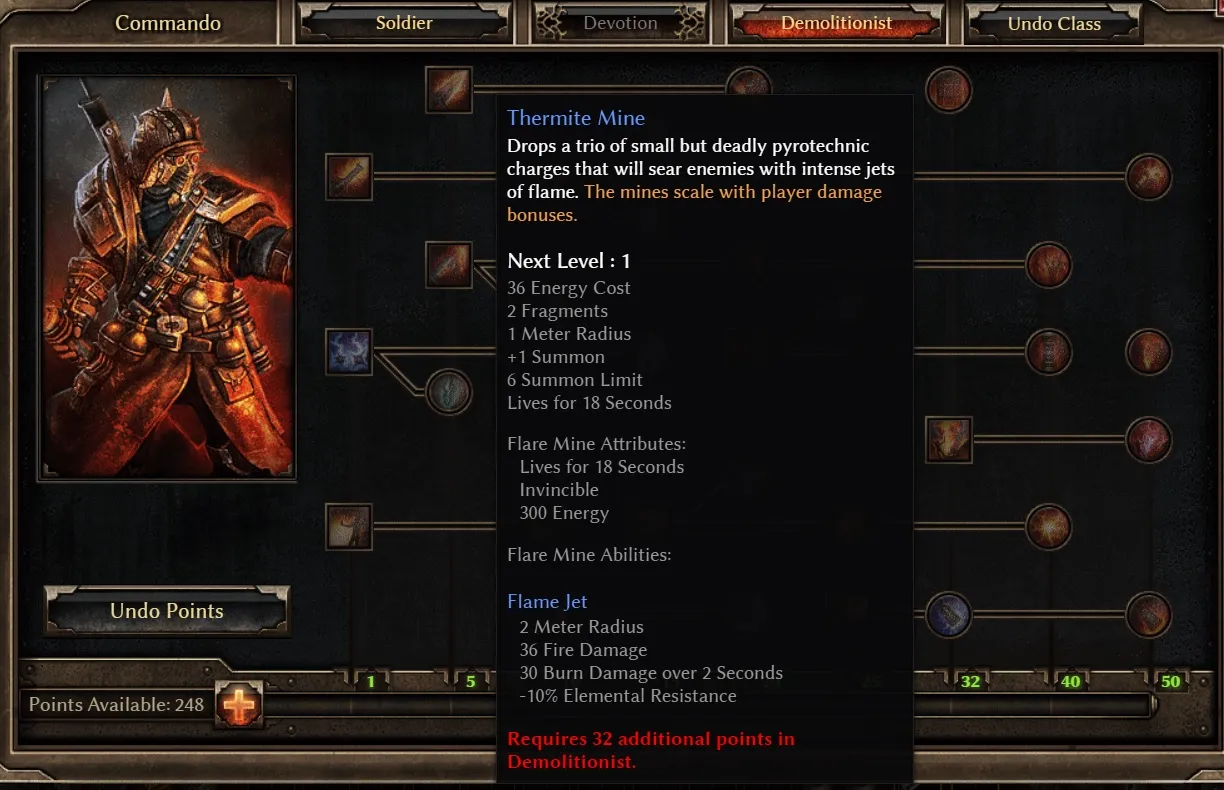 This guy can actually be one of the best “pet” builds… his pets are just grenades
This guy can actually be one of the best “pet” builds… his pets are just grenades
Before landing on the specific first mastery you want to pick based on damage type, next you need to decide whether you want to either:
- Use summoned pets as fodder to engage enemies
- Or go solo either as a glass cannon caster or a melee powerhouse
That will help narrow down your options considerably, but don’t discount masteries that seem like they aren’t focused on summoning spells. For instance, the stunjacks, thermite mines, and mortar traps available to the Demolitionist mastery essentially serve the same purpose as summoned pets.
Now that you’ve got a general idea of which two masteries you want to play with on your first character, you need to focus on what skills to take and then stay on those paths as much as possible.
In general, you want to stick to one primary attack skill (other than your basic attack) that you can utilize constantly rather than cluttering your skill bar with a bunch of different options.
After picking that primary combat skill, go with skills that either:
- Improve your basic attack or primary skill
- Or instead go off automatically when using either of those attacks
For instance, in the screen shot above I’ve maxed out Brute Force on the Shaman side of my Shaman / Necromancer build. That skill automatically deals extra Lightning, Physical, and Internal Trauma damage when wielding a 2 handed weapon, so my build revolves heavily around 2 handed weapon basic attacks.
To dovetail my other skills into melee combat, on the Necromancer side I maxed out Reaping Strike, which has a 25% chance to drastically boost default weapon attack damage.
When picking your mastery combo, be on the lookout for this sort of synergy based on how you plan to play your character.
Still not quite sure what to play and want a more comprehensive guide on picking specific combos and skills? Check out our top three best Grim Dawn builds after the release of the Forgotten Gods expansion for inspiration!
Placing Attribute Points When Leveling
Now that you’ve got your mastery combo sorted, soon it will be time to start placing attribute points when you level.
Unlike the dual class combo choice, this is an extremely easy pick — physique is literally the only attribute that matters. Yes, that’s still true even if you are playing a straight spell caster. Physique ties directly to health and all damage types, and with how many elixirs of spirit you’ll have to refill your energy bar, you just flat out don’t need points in Spirit.
You only ever need to put points in the other two attributes if you aren’t meeting the minimums required to use your preferred equipment.
The over usefulness of physique compared to the other attributes is a well known issue with the game’s design that’s been brought up by the fans and the developers many times, but at this point its too baked into the system to be changed.
Navigating The Constellation Devotion Paths
After the mastery combos, this is where players get tripped up because there are so many options, and its easy to end up with a sub-optimal build. The devotion constellation is where you get to fine tune your build and add in extra abilities to round out your character.
Your best bet here is to take some time to plan out a devotion path ahead of time, rather than randomly putting points and hoping you end up with a viable build.
To break this down into manageable chunks, here’s what you should ask yourself before picking a devotion path:
- Do I want devotion abilities that enhance my pets?
- Do I want devotion abilities that increase my main damage type?
- Do I want devotion abilities that increase my health and resistance so I survive longer?
- Do I want devotion abilities that give me more abilities like ranged attacks, extra summons, or random powerful melee attacks?
With those major types of devotion paths in mind, its easier to pick a direction to go.
For instance, taking my 2 handed Shaman / Necromancer above, I went with Rhowan’s Scepter — deciding to stick solely with maces to deal extra Internal Trauma damage — and then Hammer to further increase that damage. Because of its increased Physical damage, then I went with Falcon, which ends in the Falcon Swoop ability that has a 15% chance to shoot out Physical damage projectiles with every basic attack.
That’s just one potential path though, and there are many, many others. Shepherd’s Crook for instance is a must if you want to beef up your pets, while Magi can be critical to any Fire / Burn based build.
Not sure how to get new Devotion points? You need to restore shrines scattered across the world, and remember that you can complete shrines multiple times on each difficulty level. Here’s where to find them all:
Using Relics To Complete Your Build
Relics can be crafted at the blacksmith in Devil’s Crossing after completing the Tale Of Two Blacksmiths quest in Burrwitch Outskirts.
Like all the other item drops, relic blueprints are totally randomized, so unfortunately I can’t tell you “build this relic then that relic” for the most DPS based on your mastery combo.
Instead, there are two main routes to go here when deciding what to craft:
- Build relics that complement your existing build
- Or build relics that increase your options and round out your build
For instance, if you are playing a melee focused character, building a relic like Arbiter gives you a reliable ranged attack to use against bosses who can easily take out close combat enemies.
If you tend to get hit a lot because you don’t have a ton of pets, relics like Corruption or Equilibrium might be worthwhile instead as a form of crowd control.
Aside from relics, you can shore up your weaknesses and increase your damage potential by buying augments from the quartermaster for each faction.
Those augments are locked behind reputation tiers however, so go out of your way to increase reputation with each faction so you can buy the items that give extra resistance to equipment and damage types to your weapons.
This is particularly critical in Elite and Ultimate modes when your resistances get knocked down automatically.
What To Do After Planning Your Character
So now you’ve got your build planned out and have an idea of where to go with with your devotion points, attributes, and relic crafting. There’s still plenty more to learn if you want to truly master Grim Dawn and make the best possible character.
First up, make sure to talk to the inventor Kasparov in the destroyed building directly next to the rift gate portal at Devil’s Crossing.
It’s easy to miss that area because of the light of the rift gate, which you don’t want to do, as he offers quests, provides a free extra skill point early on, and lets you pull components off equipment you no longer need.
Note that you get that skill point on all three difficulty levels, so make sure to repeat Kasparov’s quests when you play on Elite and Ultimate.
Next up, learn where to farm the components you need for the items you want to craft or the completed components you want to add directly to your equipment.
Most of these components follow a logical progression — claws and fur come from beasts, obviously — but some only drop from special types of enemies. For instance, Tainted Brain Matter only drops from specific types of aetherials and only if they are close in level to your character. Check out our full rare item farming guide here.
As you play the game, make sure to keep components even if it seems like you don’t need them. They will become useful (and in some cases necessary) for crafting relics and for restoring devotion shrines. If you start to run out of room, put excess crafting components in the smuggler’s stash found at the northwest end of the top floor of Devil’s Crossing.
While farming for components and completing quests, always look for the hidden sections found on most maps to get extra loot. With indoor locations these sections are walls that can be broken. With outdoor locations, these are paths that lead off the visible portion of the map.
For instance, there are four breakable walls in the Warden’s Cellar, marked by the red circles above, that lead to areas off the map with extra chests. Once you know what sort of areas tend to have hidden rooms or unmarked paths, finding them becomes second nature.
Even after finding hidden locations and farming areas repeatedly, you may find some bosses are simply too hard to beat with your current build. In that case, your best bet is to bump up to the next difficulty and play the first Act again to level and get better loot, then go back to previous difficulty and you’ll find the later parts of the game aren’t nearly as difficult.
If you’ve made it far enough into Normal mode but haven’t beaten the last boss so you can increase the difficulty, instead you should craft Skeleton Keys to access the sealed roguelike dungeons found in these locations:
- The Steps of Torment
- Port Valbury
- The Bastion Of Chaos
- The Ancient Grove
While you can’t use rift gates in these dungeons and the challenges are much harder, you will find better loot and higher level enemies.
—
Have any other questions on what to do or how to build your Grim Dawn character? Fire off a comment below and we’ll help you out! Check out our other Grim Dawn guides as well to help ease your way into master.

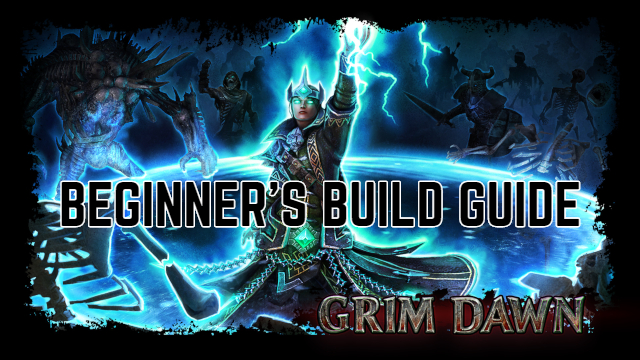
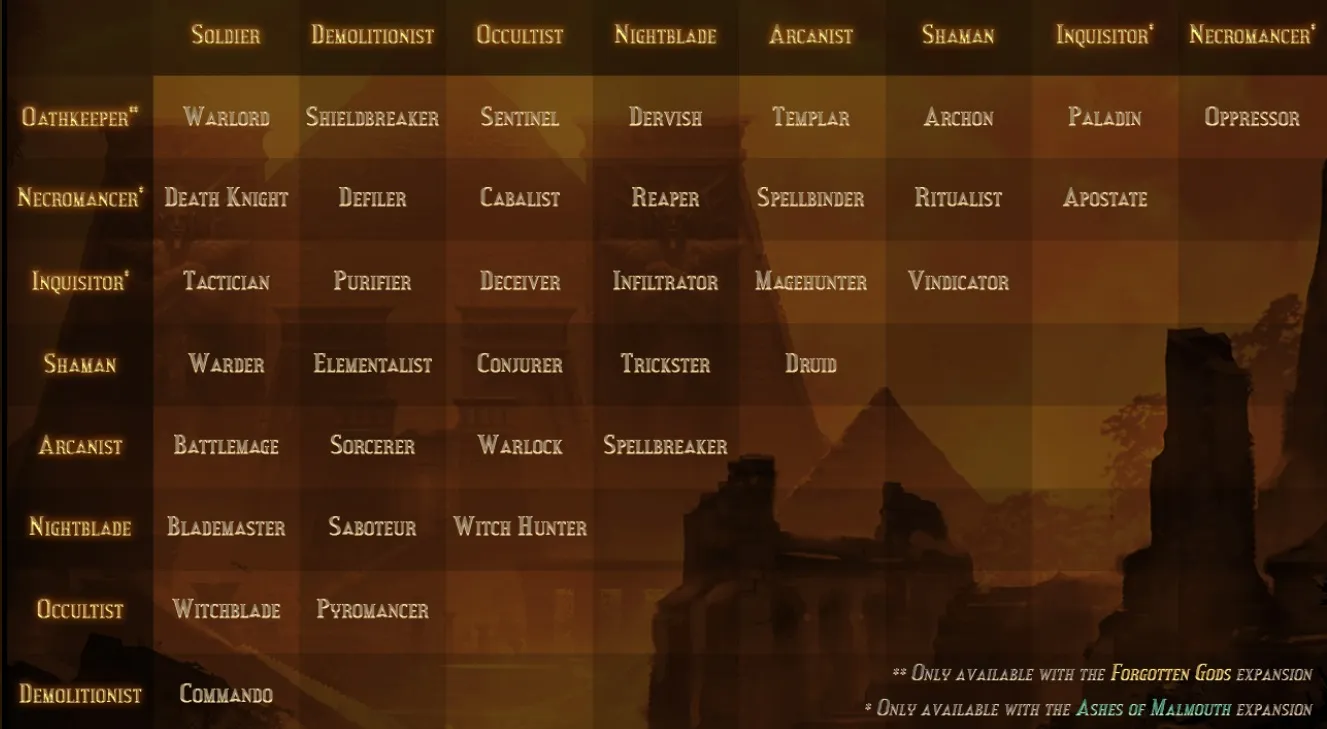


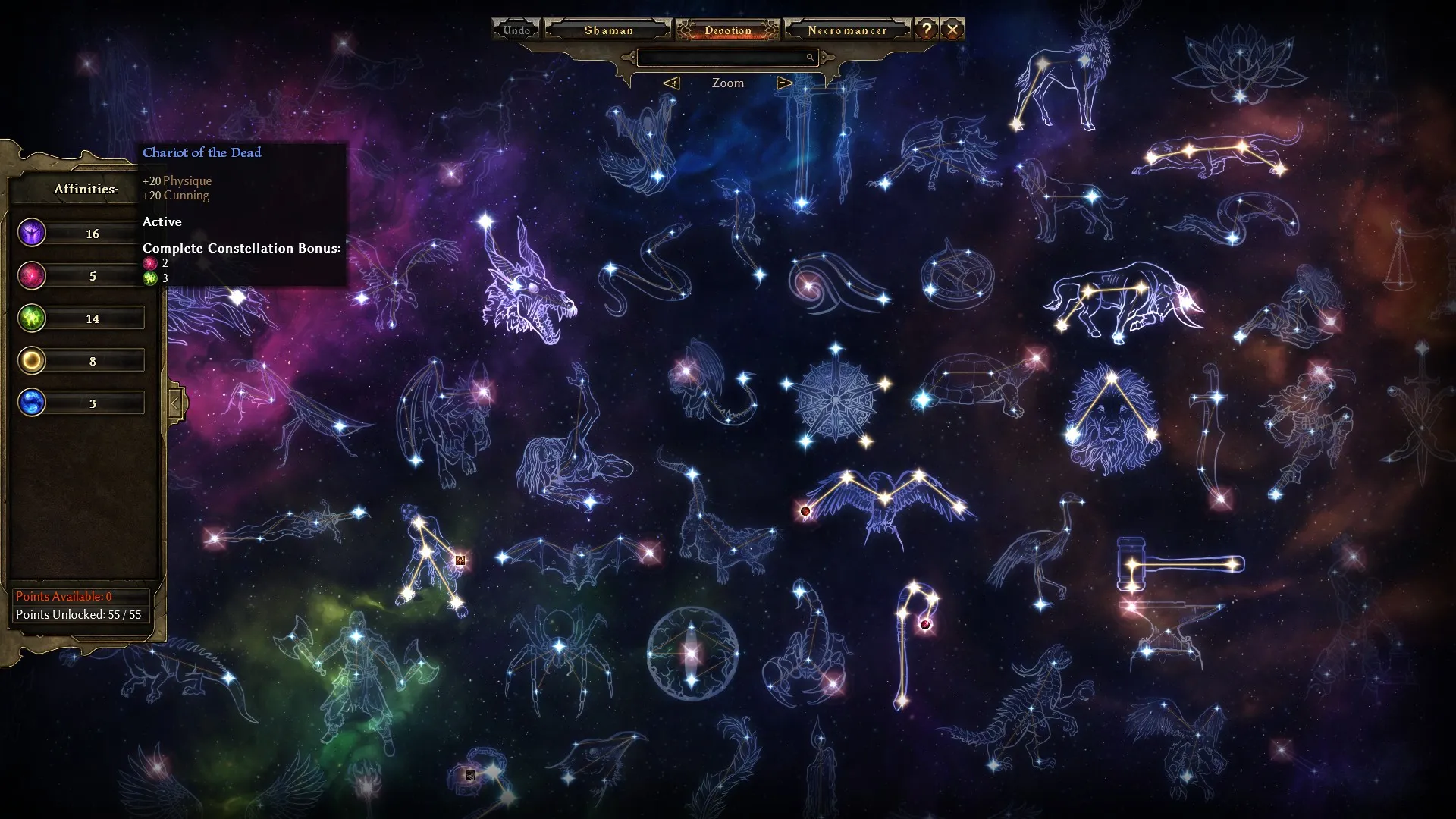


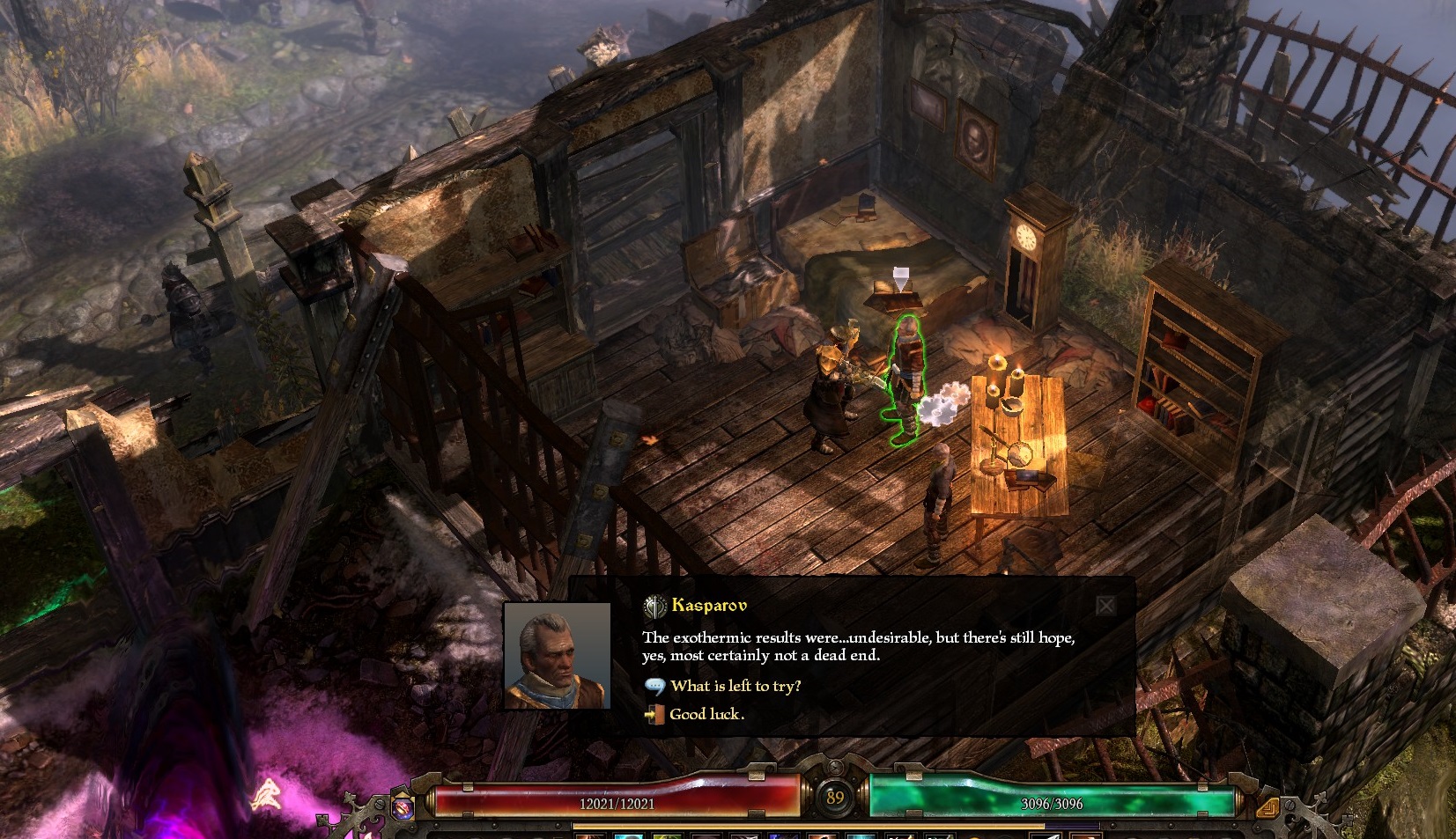
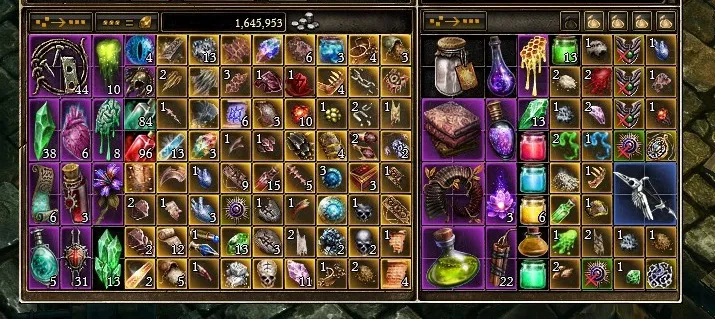
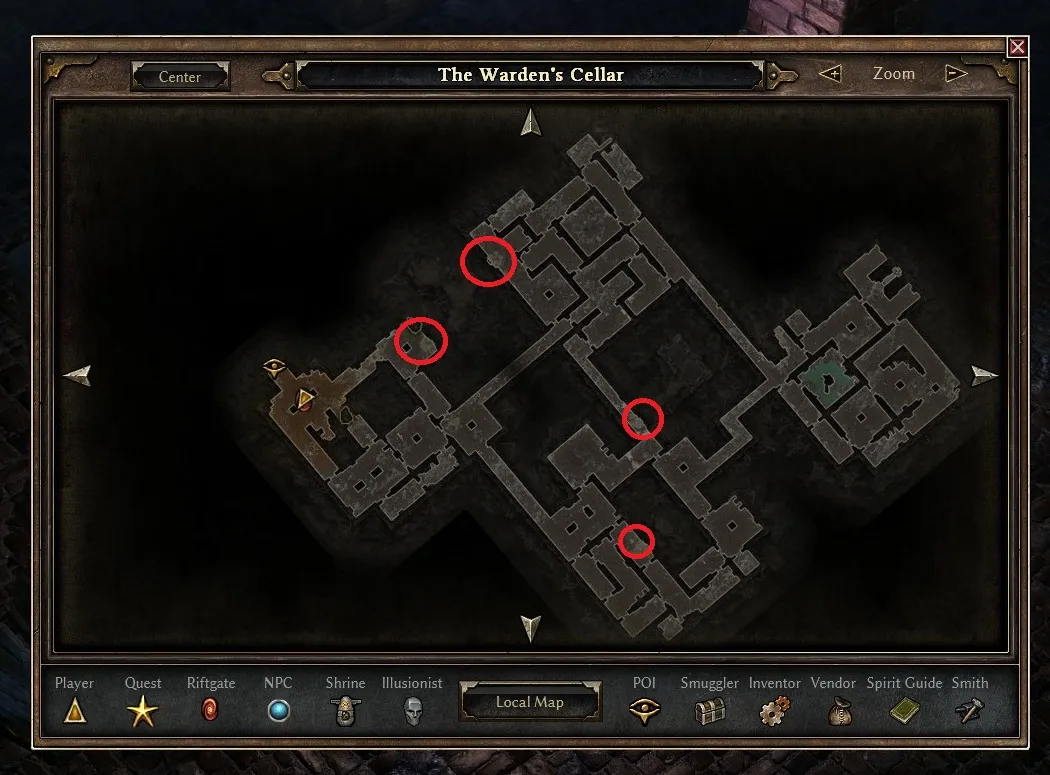
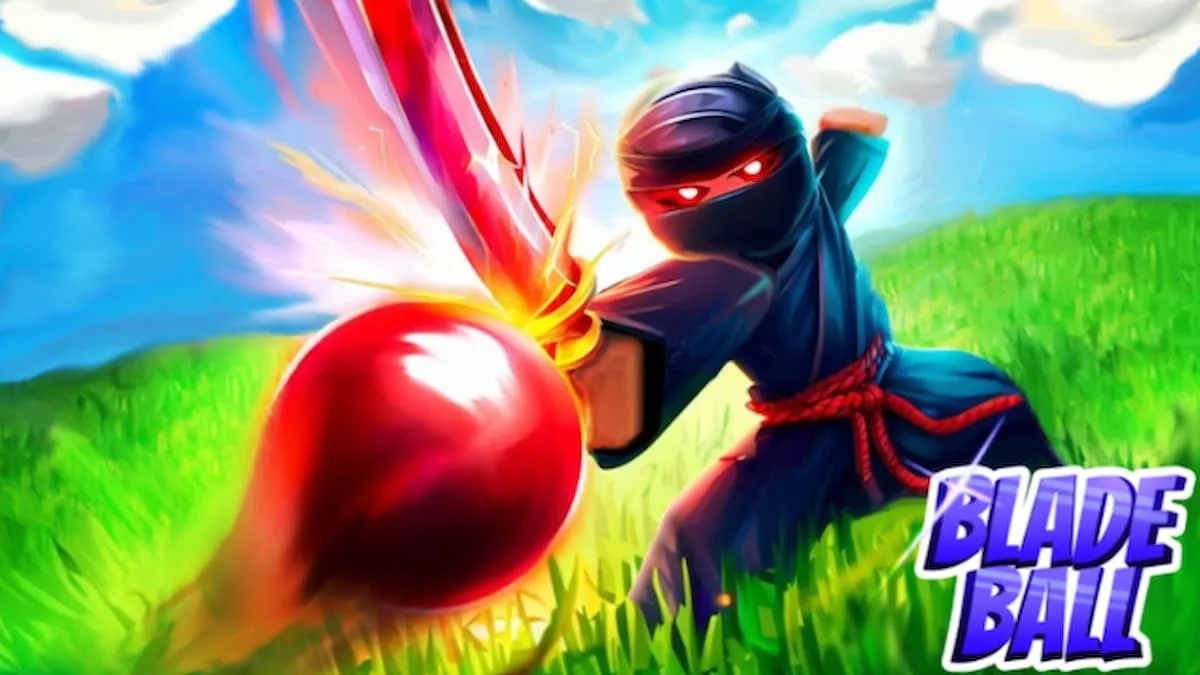
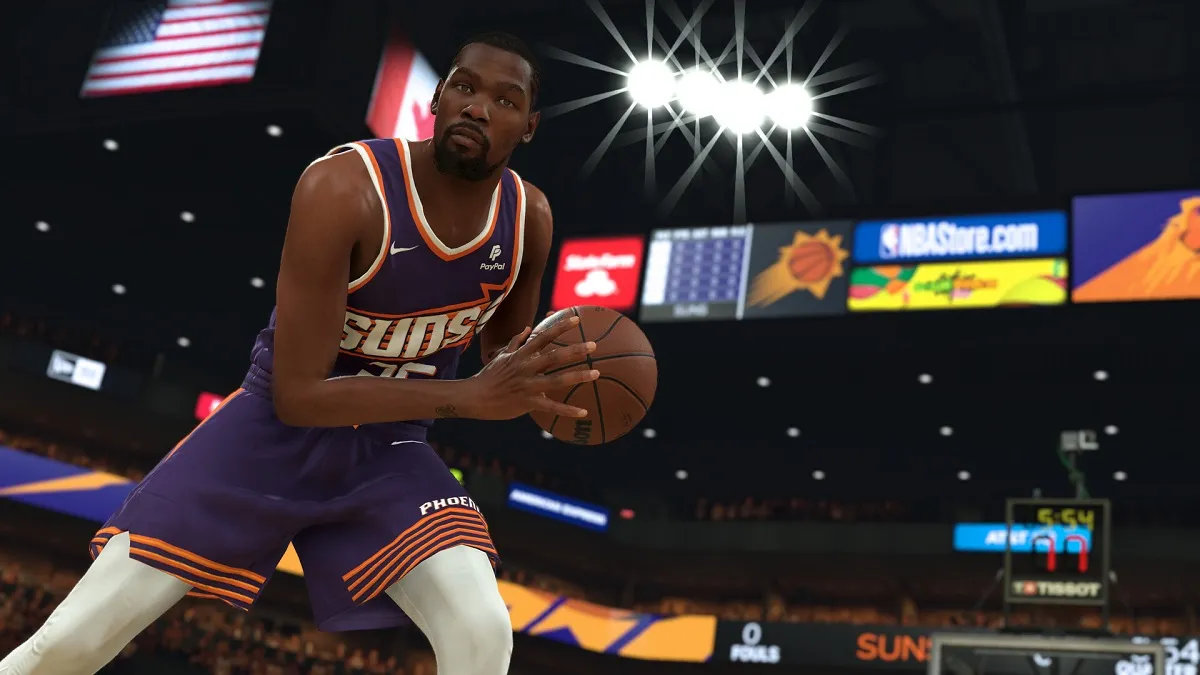



Published: May 14, 2019 01:18 pm